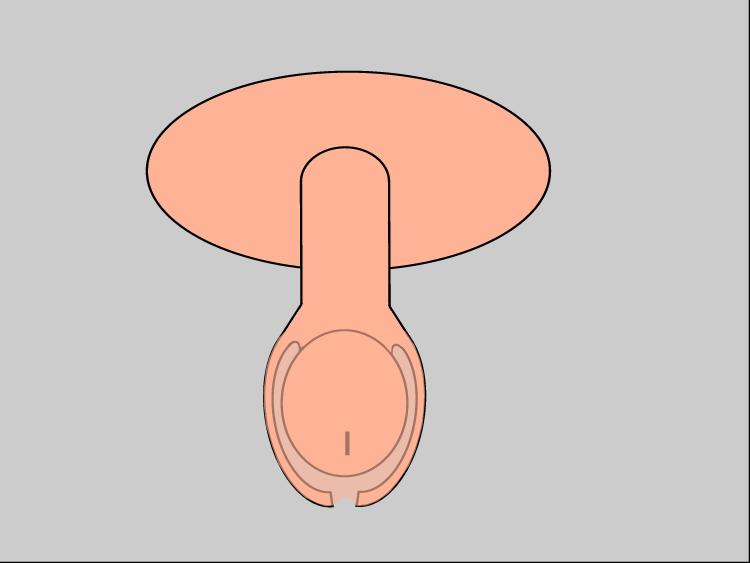
The foreskin covers the glans of the penis.
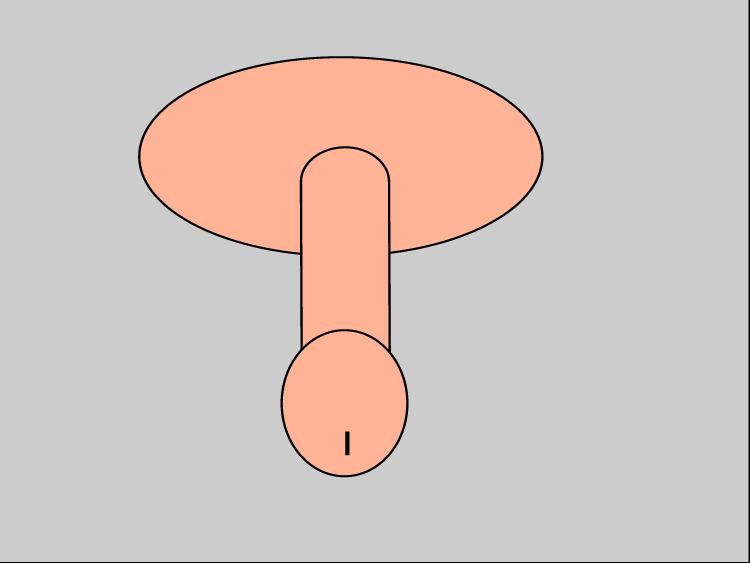
Circumcision is the removal of the foreskin .

Anesthetize the penis with a "Ring Block" of no more than 1.0 cc of 1%
lidocaine, injected circumferentially around the base of the penis.
DO NOT USE EPINEPHRINE!!!
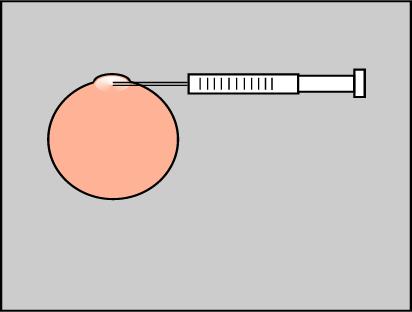
Inject just beneath the skin, and above Buck's Fascia.
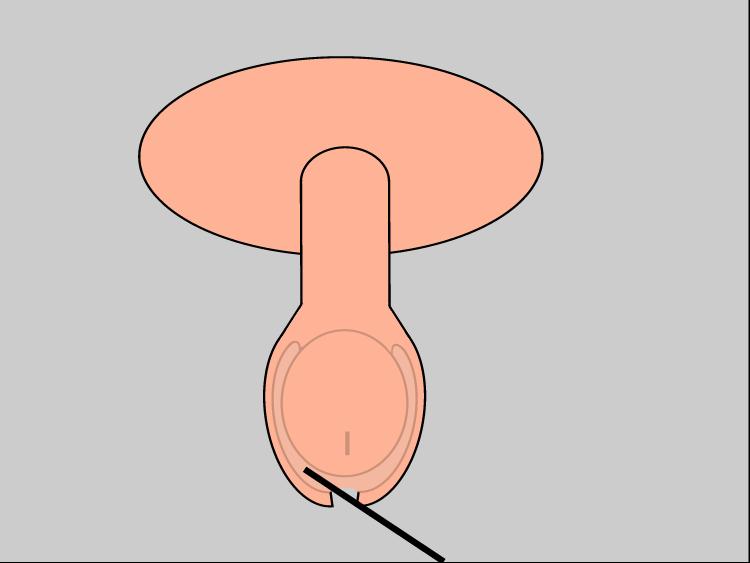
Use a blunt instrument to free any adhesions between the glans and the
foreskin.
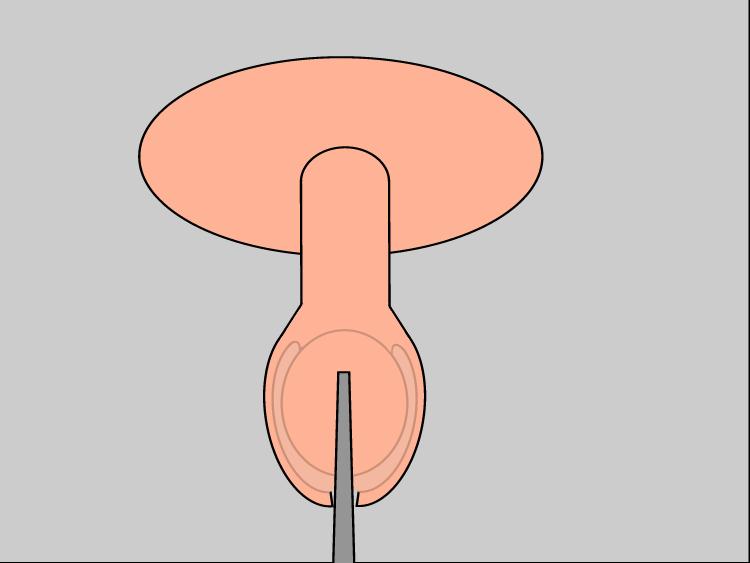
Use a straight hemostat to crush the foreskin (not the glans). The
crushed area should encompass about 2/3 the length of the foreskin.
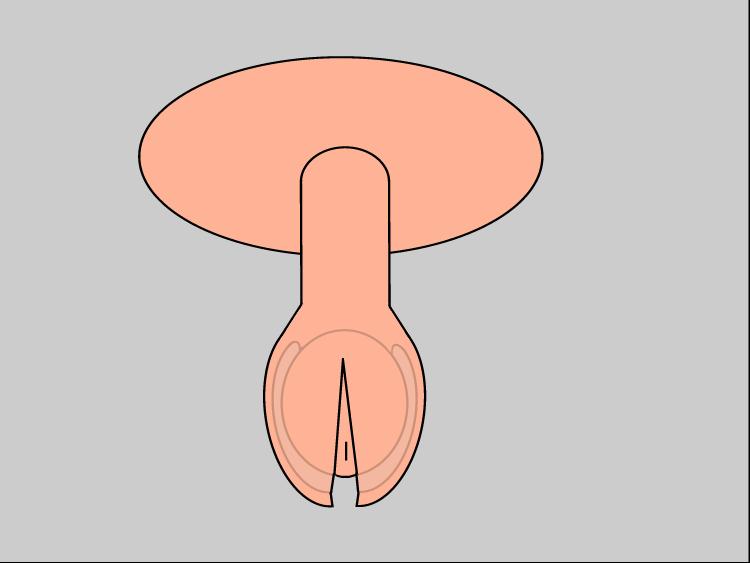
Use a straight scissors to cut the crushed area. This is a "dorsal
slit."
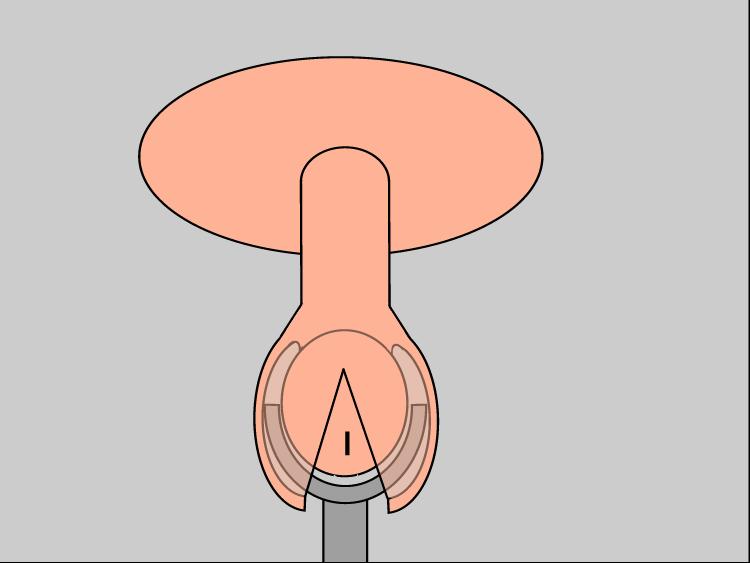
Insert the bell of the circumcision clamp underneath the foreskin,
covering the glans and protecting it.
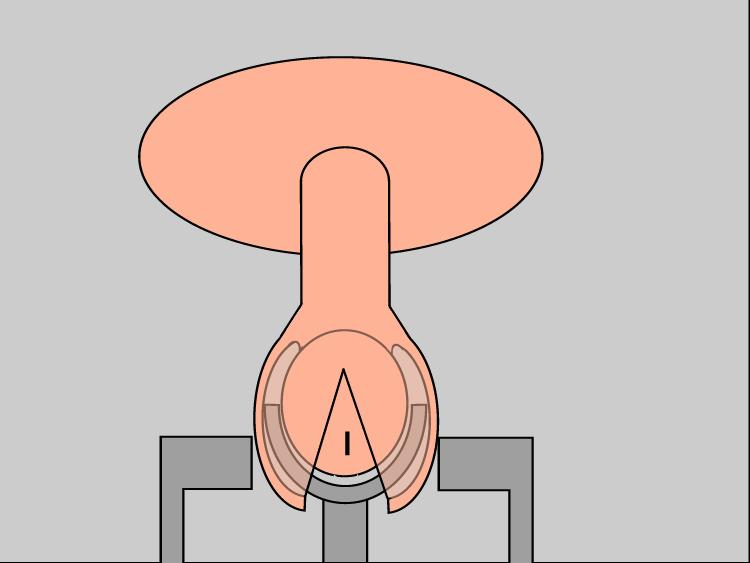
Screw down the clamp, so that the metal surrounding the bell crushes and
isolates the distal 2/3 of the foreskin.
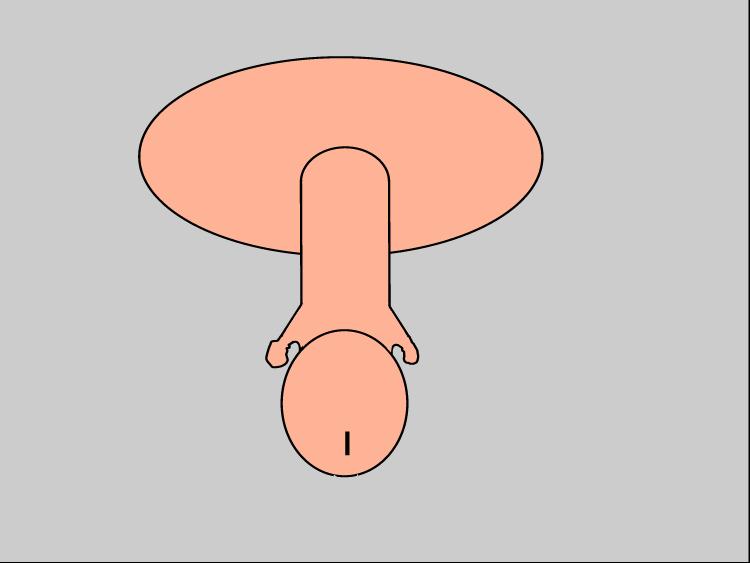
Cut away the isolated foreskin, then remove the clamp. |
Males are born with a hood of skin covering the glans of the penis. This
hood is called the foreskin. Circumcision is the surgical removal of the
hood. Some couples request circumcision for religious reasons, others
for health or cleanliness reasons. Circumcision is probably effective at
reducing the later risk of:
- Infections occurring beneath the foreskin
- Penile cancer
- Cervical cancer among their female partners
However, infections are infrequent and usually easily treated, penile
cancer is very rare, and the marginal increased risk of cervical cancer
is small. While there are a few medical reasons for performing
circumcision, the medical benefits are thin.
Complications from this surgery are quite rare. They include bleeding
from the incision site, infection, and injury to the glans or shaft of
the penis.
The use of circumcision remains controversial. While a few parents
feel strongly about either having it done or not having it done, most
individuals are somewhat ambivalent about it. The medical benefits are
small, but the risks are also small.

Watch a Video on Circumcision Circumcision Candidates
For the most part, any infant whose parents want a circumcision
performed on their newborn son can be accommodated. The exceptions
include:
- Febrile infants or those with known infections
- Infants with clotting disorders
- Hypospadias
- Ambiguous genitalia
- Infants who are so small that the procedure becomes technically
dangerous.
Restrain the infant
It is important that the infant not move during the procedure. Most
effective are soft restraints found on "circumcision boards."
Alternatively, support staff can physically restrain the infant, but
they must be careful to neither allow infant movement, nor injure the
infant from their restraints. Anesthesia
Historically, anesthesia was rarely used as it was felt to be
unnecessary, and a potential source of complication. Currently,
anesthesia is much more likely to be used. Most effective is the
"Ring Block," shown here. 1% lidocaine is injected around the base of
the penis, just beneath the skin, raising a tiny weal. When the base
has been completely encircled by subcutaneous lidocaine, the distal
penis will be anesthetized. Other techniques (dorsal penile block,
topical anesthetic creams, etc. may give satisfactory results).
Don't use epinephrine in the lidocaine. If you do, there is
a moderate likelihood that the resulting vasoconstriction will lead to
necrosis of the shaft and glans of the penis, a disastrous result.
Limit the total dose of lidocaine to less than 1.0 cc. This is well
within the safe limit for a newborn and provides more than enough
volume to complete the ring block. Don't inject too deeply. The
anesthetic needs to go just beneath the skin and above Buck's fascia.
Use a 1 cc tuberculin syringe with a tiny (#27) needle. Use your own
eyes to visually check the lidocaine vial to confirm that it is 1%
concentration, and contains no epinephrine. |